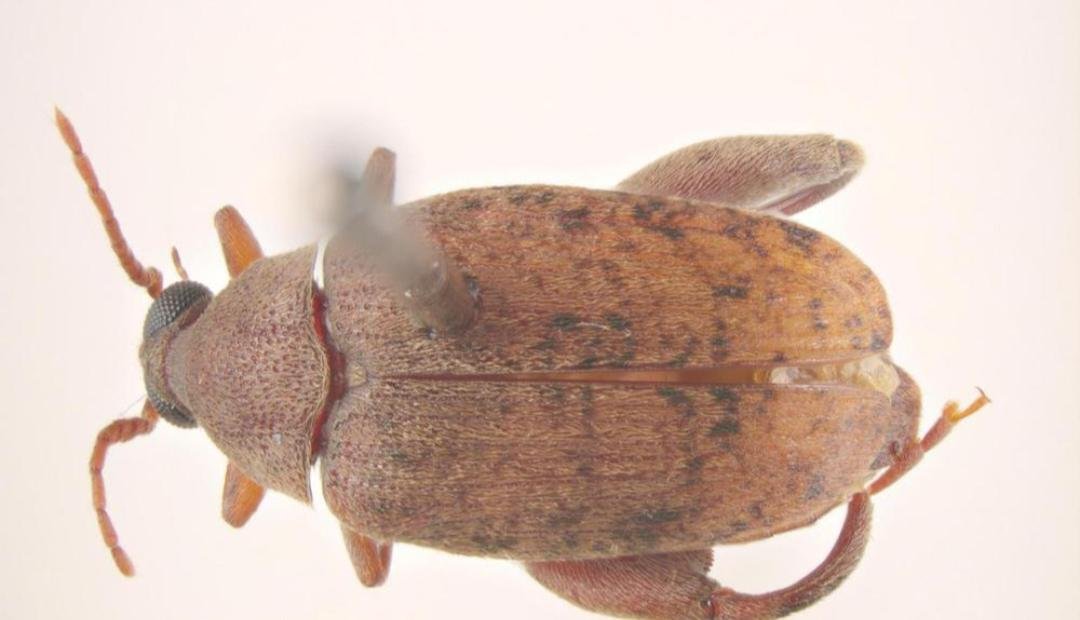Table of contents of the article
TogglePeanut borer disease is considered one of the most dangerous pests that threaten this vital crop. In this article on your website, World of Plants, we will review the causes and symptoms of peanut borer disease and how to combat it effectively to preserve the peanut crop.
Symptoms of peanut borer disease
Symptoms of peanut borer disease appear (Scientific name: Caryedon serratus) through small holes drilled by the larvae in the bean kernels, where they begin to eat the seeds. Large holes can also be observed in the bean pods resulting from digging by large beetles. Also, insects can attack the pods in the field and in storage places.
The larvae emerging from these holes are the initial evidence of infestation, in addition to the presence of cocoons outside the bean pods. Usually, there is no visible damage to the seeds when infected pods are opened.

Preventive measures for peanut borer disease
Plant resistant varieties such as CMV10, GG3 and other types that are less preferred by brochids. You can also reduce secondary pest attacks by sorting and disposing of broken or damaged seeds.
Also, avoid piling the crop in the same field, and harvest peanuts at the correct stage of maturity. Reduce the moisture of peanut seeds by solarizing the crop to a safe level, usually less than 10% moisture, to reduce the spread of the infestation from one field to another. Finally, clean and fumigate the storage areas.
Cause of peanut borer disease
The damage is primarily caused by the larvae of adult brown beetles known as saw beetles. These beetles lay their small, translucent eggs on the outside of the horn, and upon hatching, the tiny larvae burrow directly into the horn through the egg.
It feeds on the plants in the nucleus until they mature, and then the adult beetle makes a large hole in the horn. The adult beetle is oval in shape and brown in color and is usually about 7 mm long. Under ideal conditions, beetles take about 40-42 days to complete their life cycle, with their growth thriving at temperatures between 30-33 degrees Celsius.
In conclusion, we would like to note that we, at the world of plants website, offer you all the necessary services in the world of plants, we provide all farmers and those interested in plants with three main services::-
- Artificial intelligence consulting service to help you identify diseases that affect plants and how to deal with them.
- Blog about plants, plant diseases and care of various crops ... You are currently browsing one of her articles right now.
- An application that provides agricultural consultations to clients, as well as a service for imaging diseases and knowing their treatment for free – Click to download the Android version from Google Play Store، Click to download the IOS version from the Apple App Store.





